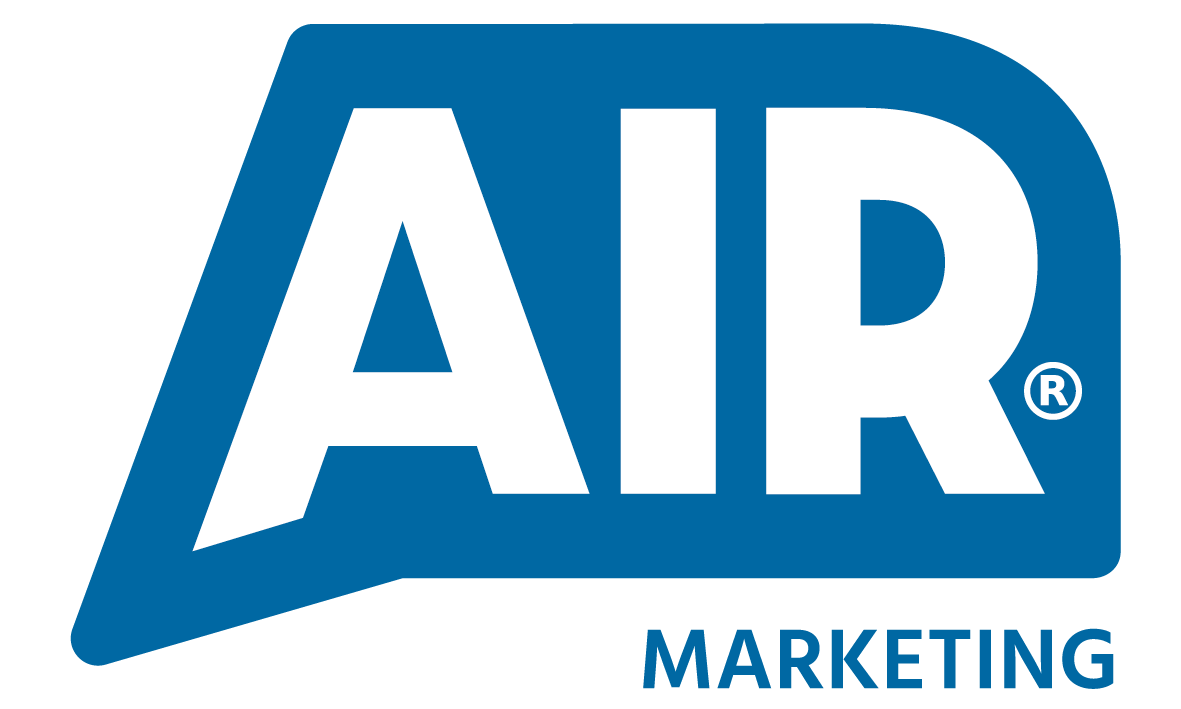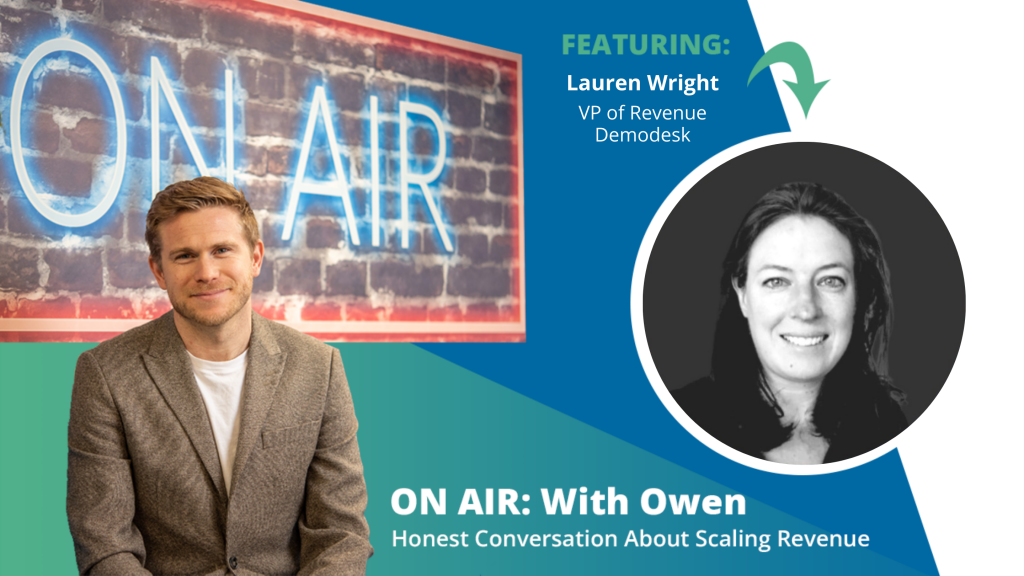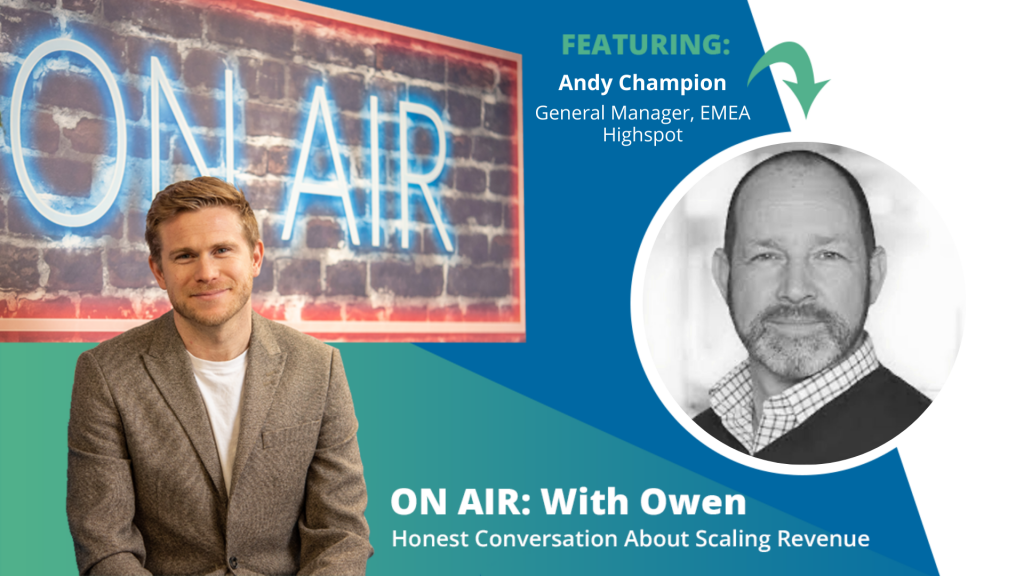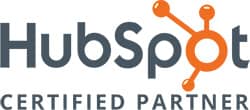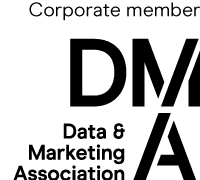What exactly is gated content?
Gated content is any form of content that users can only access after entering some personal details – usually including at a minimum their name and email address. The user then gains access to the content and the company, in return, gets those all-important contact details for future campaigns. So far, so straightforward. Right? Well, there’s a lot more to consider so let’s have a look at how to ace gated content.
Pros and cons of gated content
Pros
The pros are obvious – you’ll gain valuable information from individuals who are willing to provide their details. This will almost certainly be their name and email address but possibly a lot more depending on your gated content form. These individuals can then be added to your CRM system and if they are the right fit for your ideal client profile (ICP) could be added into a nurture follow-up campaign. If you read last month’s blog, The Know, Like, Trust Funnel, you know you’ve successfully moved the prospect down the funnel from the know stage to the like/trust stage. Excellent! Depending on the initial form, you may also find out useful demographic information about your potential customers such as location, age, job title etc which can then be used for segmentation.
Cons
Not everyone who lands on your gated content page will complete the form and download the content. Many will just move on. Would these individuals have gone on to become prospects/customers if the content hadn’t been gated? We’ll never know for sure. Making sure you ask for the minimum amount of information you need to nurture a lead is a good way to ensure you’re capturing the most leads possible.
Bear in mind, however that quantity of leads does not necessarily mean quality. Although you may be driving targeted direct traffic to this download, if it is on your website it’s also visible to all users so the individual may not be your ideal customer profile. This may mean that some lead details will need to be stored but flagged as not priority individuals for your marketing & sales team to contact.
To gate or not to gate? That is the question
So, this brings us on to the question of whether you should gate a particular piece of content or not. Luckily there are some ‘rules of thumb’ that you can follow when deciding whether or not to gate content. Firstly, consider the type and length of content that you’ve produced. Certain types lend themselves better to gating – longer form content such as e-books are perfect, whereas standard blogs for example should almost never be gated. Think too about the stage of the customer journey, the further down the funnel they are, the more likely it is that they will be happy to enter their personal details. Gating content early in the marketing funnel can scare away prospects so having un-gated content at this stage can improve your brand’s visibility and enhance your credibility. Make sure your gated content is relevant for prospects who are near the buying stage; this may mean the content is more in-depth or specialist.
What types of content should be gated?
If it could be considered as ‘Premium content’ then it could be gated. A perfect example would be an e-book or guide. This will be a longer length, seen by the prospect as valuable, and offer an in-depth answer to the question they want answered. E-books will also give you brand authority and build up trust with your audience. Similarly, whitepapers will help your brand become a trusted ‘industry expert’ on a topic.
Don’t just stick to the tried and tested though. You could gate templates, in-depth how-to guides, webinars, a free trial of your product, checklists, free consultations, analytical reports into your industry. Get creative to come up with something original for your particular industry.
Gated content best practises
Make sure your gated content ticks these boxes and you won’t go far wrong.
- Create a strong headline to ensure that prospects don’t click away. Never over promise! It’s no good offering an in-depth guide if they download it to find out it is 2 pages long.
- Make sure the title explains exactly what they are going to get. A spammy title will lead to disappointment and a lack of trust in your brand.
- Ensure the content is valuable and relevant to your audience.
- Decide what sort of customer information should be collected. Only ask for data that will be meaningful to you for future segmentation so you don’t deter people from completing the form.
- Finally, build a strong landing page to host the offer. Make sure you create a strong headline, write compelling copy, and generate an easy to complete form.
How to use the details captured
You’ve created the gated content, it’s getting noticed, and the email addresses are piling up. What next? Make sure you segment your email lists, using any demographics you captured. Follow up campaigns can then be targeted via demographics or be based on your existing customer personas. As with any marketing strategy, measuring your success is extremely important. This data will help you understand your audience better and improve your content strategy.
What’s next
Gating content is a critical aspect of a content marketing strategy used to generate the leads that your business needs to grow. When done well, gating content can benefit both the individual and the business, and the key for successful gating is to produce high quality content for which your ideal prospect is willing to trade their personal information. How often you produce gated content and how much of your content should be gated very much depends on your industry and the size of your business but often less is more. If you’re new to gated content, we recommend that you start with quarterly downloads. Saving gated content for just a few carefully chosen and well-targeted and correctly positioned pieces will mean you’re soon capturing valuable leads that ultimately convert into happy customers.
Want some help with using gated content for your lead generation campaigns? Get in touch. Give us a call on 01392 796 702.
